Dermatoscopes Size
Dermatoscopes Market Growth Projections and Opportunities
The importance of the Dermatoscopes Market to dermatology cannot be underestimated. The field specializes in instruments made explicitly for scrutinizing and diagnosing skin growths. These gadgets magnify images of the skin so that doctors can evaluate moles, lesions as well as other irregularities that occur on it with more precision. The high incidence of skin cancer, increased awareness on early detection and computer imaging technologies have been some of the drivers behind this market’s increased performance. Different types of dermatoscopes are available such as hand held, polarized and digital.
Early recognition of melanoma and other related instances is one of the reasons why The Dermatoscopes Market continues experiencing rise in its volumes. For example, dermatologists use this device when examining pigmented skin lesions to distinguish between benign and potentially dangerous ones. Advanced models of these devices incorporate polarized light technology; LED illumination; and digital imaging among others since there has been a growing emphasis on preventive healthcare from the market side hence making extensive diagnosis options for customers regarding every specification about their skins.
Digitalization has significantly changed dermatology practices leading to an increase in popularity for digital dermatoscopes worldwide. Healthcare experts take high-resolution photos using these pieces so that they can easily retrieve them later for deliberations or sharing purposes. In terms of digitisation, the Dermatoscopes Market is stepping up its game using AL algorithms and software applications in automating lesion analysis and pattern recognition.
It should also be noted that non-melanoma forms like basal cell carcinoma (BCC) & squamous cell carcinoma (SCC) are increasing thus contributing to rising demand for dermoscopic evaluation facilitated by these devices across various skin diseases including inflammatory disorders, infections and eczema among others. Consequently, beyond clinical operation theatres within health care settings’ confines where there were initially located mainstreaming carried out by these tools has begun taking place due to enhanced sensitization about skin issues affecting people from all ages as a way of expanding the market.
There are difficult conditions that must be overcome by Dermatoscopes Market players in order for them to excel. To derive maximum benefits out of dermatoscopy, one has to understand how different dermoscopic patterns should be interpreted. Training programs and educational initiatives are intended to improve doctors’ rate of proficiencies when it comes to using these devices. Furthermore, many attempts have been made at getting advanced dermatoscopic technology into more widespread use across other healthcare settings.
North America and Europe take the lion’s share of The Dermatoscopes Market due to their highly developed healthcare infrastructure, high prevalence of skin cancer and strong emphasis on early detection and dermatological care. However, Asia-Pacific is showing great potential for growth in this sector while Latin America also remains a key market. In addition, with increased awareness about health care services coupled with increasing rates of skin cancers combined with growing economies that have interests in provision of skin related disorders treatment such as Africa and especially Sub-Saharan African countries, there is an expectation that The Dermatoscopes Market will significantly develop within these zones.
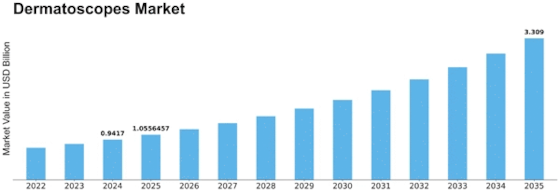

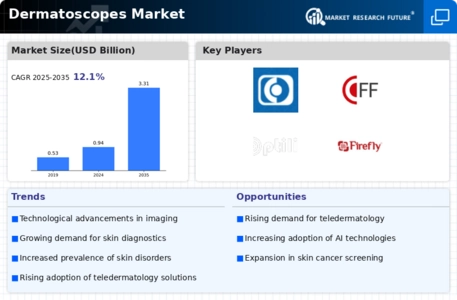
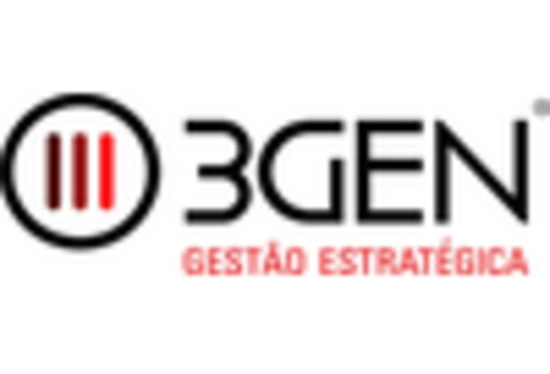
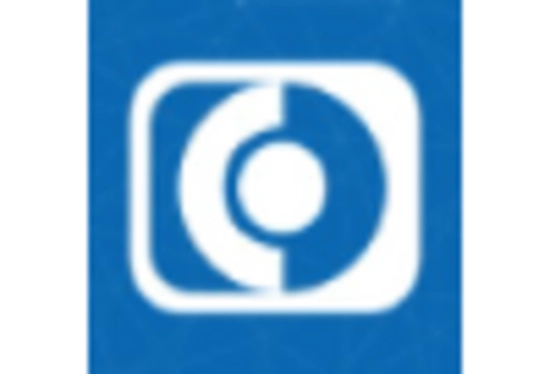
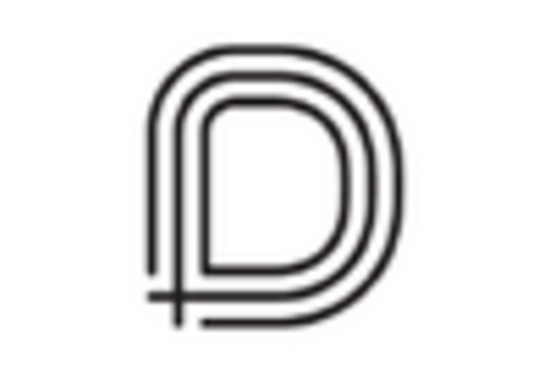
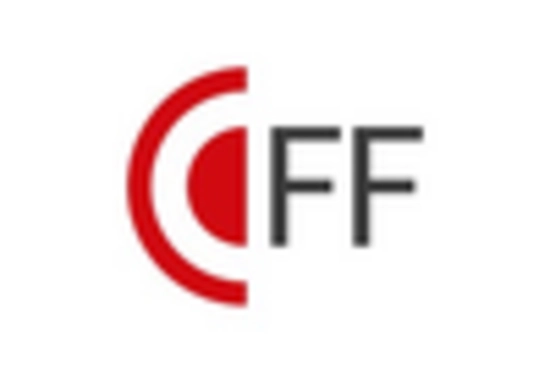
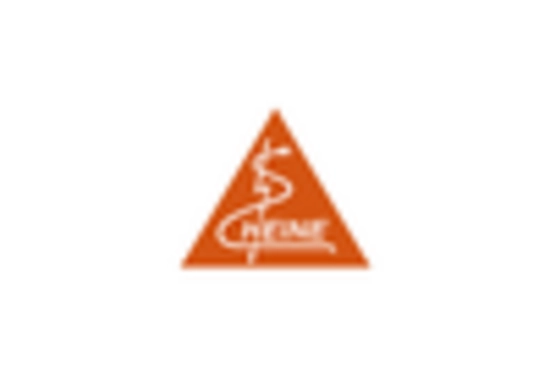
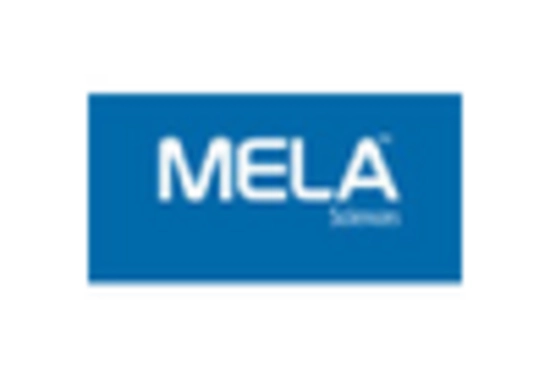









Leave a Comment